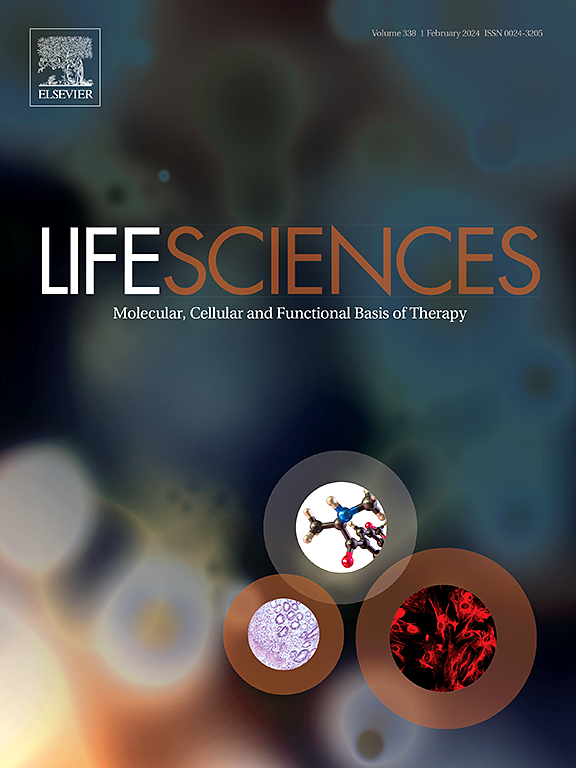肠道微生物群是 1 型糖尿病的调节因子:分子视角
IF 5.2
2区 医学
Q1 MEDICINE, RESEARCH & EXPERIMENTAL
引用次数: 0
摘要
1 型糖尿病(T1D)是一种自身免疫性代谢紊乱疾病,其特征是胰腺 β 细胞遭到破坏和高血糖。如果不及时治疗,T1D 会导致严重的健康并发症,包括心血管疾病、肾脏疾病和神经损伤,最终造成严重后果。除了遗传和某些环境因素在 T1D 发病中的作用外,在过去十年中,还出现了一个影响 T1D 病理的新角色,那就是肠道微生物群。肠道菌群失调会破坏肠道屏障,激活自身免疫反应,导致产生胰岛素的细胞遭到破坏,从而引发和加重 T1D 症状。肠道微生物群与糖尿病之间的关系很复杂,而且因人而异,要全面了解肠道微生物群变化在 T1D 发病机制中的影响,还需要进行更多的研究。因此,本综述的目的是了解肠道微生物群影响的潜在分子机制的现有知识,从而为预防和治疗 T1D 的进一步研究提供新方法。本文章由计算机程序翻译,如有差异,请以英文原文为准。

Gut microbiota as a modulator of type 1 diabetes: A molecular perspective
Type 1 diabetes (T1D) is defined as an autoimmune metabolic disorder, characterized by destruction of pancreatic β-cells and high blood sugar levels. If left untreated, T1D results in severe health complications, including cardiovascular and kidney disease, as well as nerve damage, with ultimately grave consequences. Besides the role of genetic and certain environmental factors in T1D development, in the last decade, one new player emerged to affect T1D pathology as well, and that is a gut microbiota. Dysbiosis of gut bacteria can contribute to T1D by gut barrier disruption and the activation of autoimmune response, leading to the destruction of insulin producing cells, causing the development and aggravation of T1D symptoms. The relationship between gut microbiota and diabetes is complex and varies between individuals and additional research is needed to fully understand the effects of gut microbiome alternations in T1D pathogenesis. Therefore, the goal of this review is to understand the current knowledge in underlying molecular mechanism of gut microbiota effects, which leads to the new approaches for further studies in the prevention and treatment of T1D.
求助全文
通过发布文献求助,成功后即可免费获取论文全文。
去求助
来源期刊

Life sciences
医学-药学
CiteScore
12.20
自引率
1.60%
发文量
841
审稿时长
6 months
期刊介绍:
Life Sciences is an international journal publishing articles that emphasize the molecular, cellular, and functional basis of therapy. The journal emphasizes the understanding of mechanism that is relevant to all aspects of human disease and translation to patients. All articles are rigorously reviewed.
The Journal favors publication of full-length papers where modern scientific technologies are used to explain molecular, cellular and physiological mechanisms. Articles that merely report observations are rarely accepted. Recommendations from the Declaration of Helsinki or NIH guidelines for care and use of laboratory animals must be adhered to. Articles should be written at a level accessible to readers who are non-specialists in the topic of the article themselves, but who are interested in the research. The Journal welcomes reviews on topics of wide interest to investigators in the life sciences. We particularly encourage submission of brief, focused reviews containing high-quality artwork and require the use of mechanistic summary diagrams.
 求助内容:
求助内容: 应助结果提醒方式:
应助结果提醒方式:


